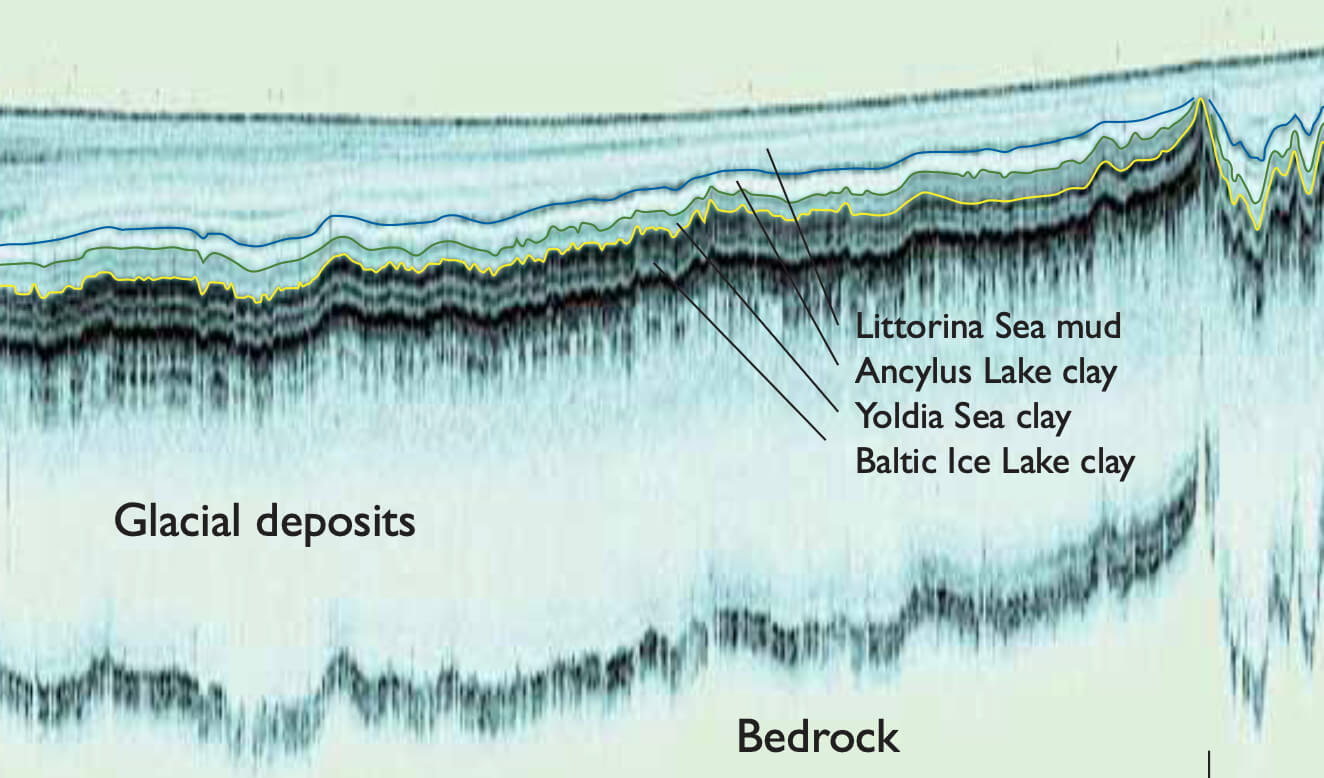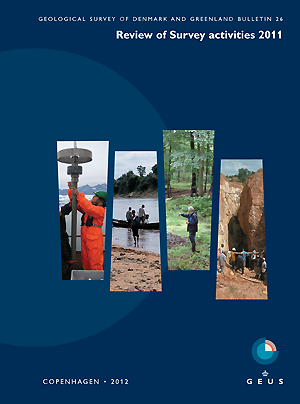
How to Cite
Share
Abstract
The Baltic Sea is an ideal natural laboratory to study the methane cycle in the framework of diagenetic processes. In this paper we present preliminary geological mapping results from project Baltic Gas, a research project with the overall aim to contribute to the development of a scientific basis for long term sustainable use and protection of the Baltic Sea ecosystem. The Baltic Sea is a marginal sea with a strong permanent haline stratification, which leads to oxygen-poor bottom waters, and which is sometimes interrupted by oxygen-rich saltwater flowing in from the North Sea. The history of the Baltic Sea has resulted in deposition of organic-rich Holocene marine sediments that overlie glacial, late-glacial and early Holocene organic-poor sediments.
How to Cite
Share
Copyright (c) 2012 Jørn Bo Jensen, Rudolf Endler

This work is licensed under a Creative Commons Attribution 4.0 International License.
Downloads
Edited by Ole Bennike, Adam A. Garde and W. Stuart Watt
This Review of Survey activities presents a selection of 20 papers reflecting the wide spectrum of activities of the Geological Survey of Denmark and Greenland, from the microscopic to the plate-tectonic level.
The Survey's activities in Denmark and surrounding areas are illustrated by [...]









